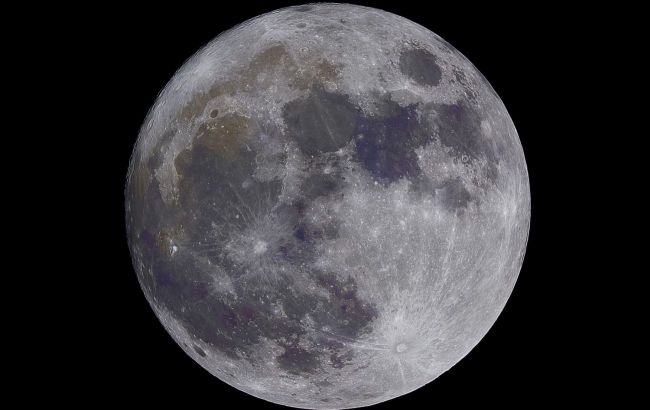NASA to establish unified time standard on Moon, atomic clocks needed
 Uniform time will be established on the Moon (photo: Freepik)
Uniform time will be established on the Moon (photo: Freepik)
The White House has instructed NASA to establish a single time standard for the Moon and other celestial bodies. The plan for coordinated lunar time is to be developed by the end of 2026, according to Reuters.
Why to establish space time
The United States is seeking to establish international norms in space as the lunar race between states and individuals grows.
Different gravitational forces and potentially other factors on the Moon and other celestial bodies change how time unfolds relative to how it is perceived on Earth. Also, uniform space time will provide a timekeeping standard for lunar spacecraft and satellites that require extreme precision for their missions.
"The same clock that we have on Earth would move at a different rate on the moon," says Kevin Coggins, NASA's Space Communications and Navigation director.
On the Moon, the Earth's clock will lose an average of 58.7 microseconds and will have other periodic variations that will further deviate lunar time from Earth time.
Time differences can lead to errors
Under its Artemis program, NASA aims to send astronaut missions to the Moon in the coming years and establish a scientific lunar base that could help lay the groundwork for future missions to Mars. Dozens of companies, spacecraft, and countries are involved in this effort.
The OSTP representative said that without a unified lunar time standard, it would be difficult to ensure the security of data transmission between spacecraft and synchronize communications between Earth, lunar satellites, bases, and astronauts.
Time differences could also lead to errors in mapping and determining positions on or around the Moon, the official says.
"Imagine if the world wasn't syncing their clocks to the same time - how disruptive that might be and how challenging everyday things become," the official says.
How time to be set on Moon
On Earth, most clocks and time zones are based on Coordinated Universal Time, or UTC. This internationally recognized standard is based on a vast global network of atomic clocks placed in various locations around the world. They measure changes in the state of atoms and generate an average value that ultimately constitutes the exact time.
According to the OSTP representative, it may be necessary to place atomic clocks on the surface of the Moon.
NASA has scheduled the landing of astronauts on the Moon for September 2026, and in September 2025, four astronauts are scheduled to fly around the Moon and back.
Last year, China announced that it plans to send its first astronauts to the Moon by 2030. In January, Japan became the fifth country to send a spacecraft to the Moon. In 2023, India became the first country to land a spacecraft near the unexplored south pole of the Moon and announced plans to send an astronaut to the Moon by 2040.
Experts note that the introduction of coordinated lunar time will require international agreements.

